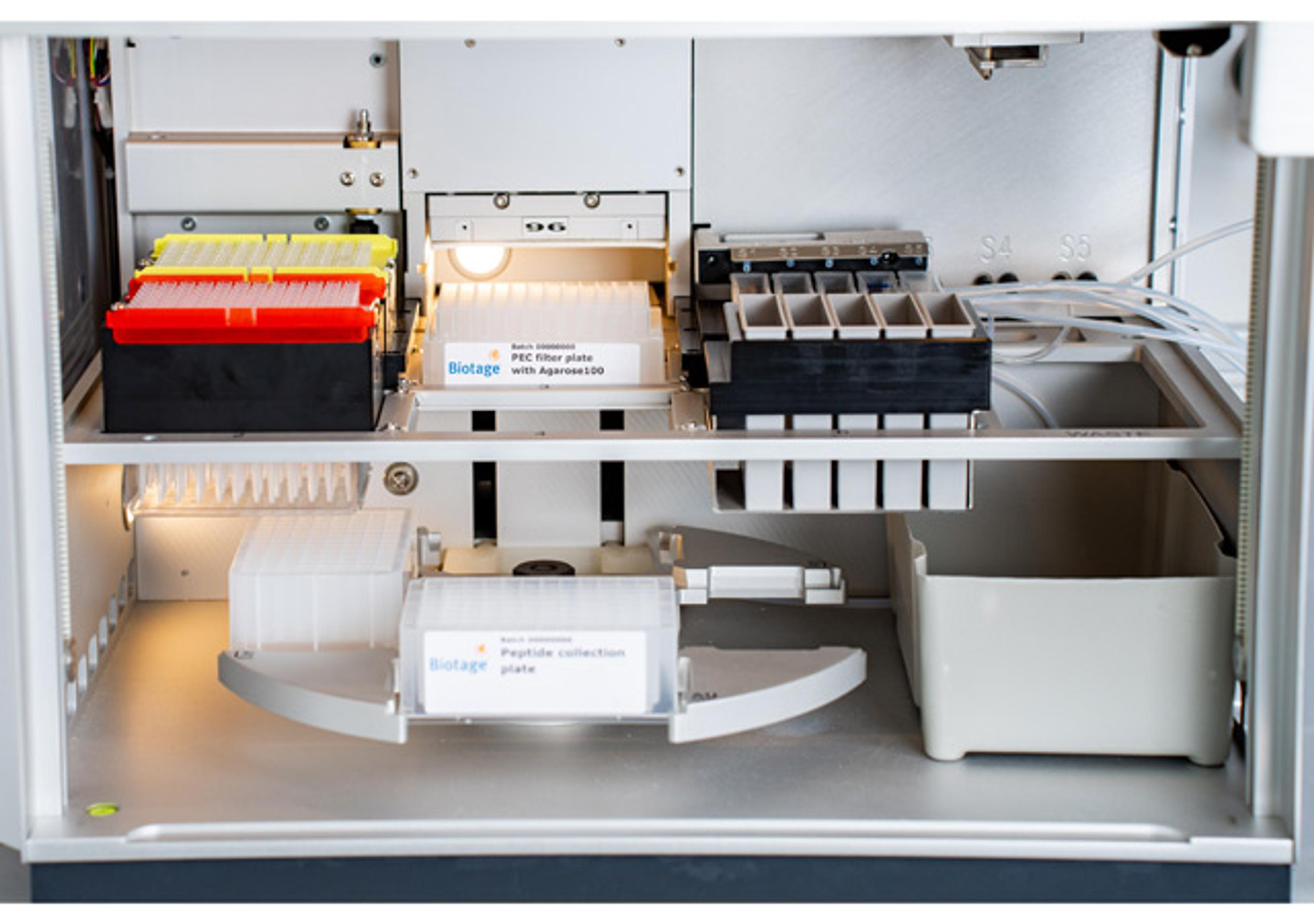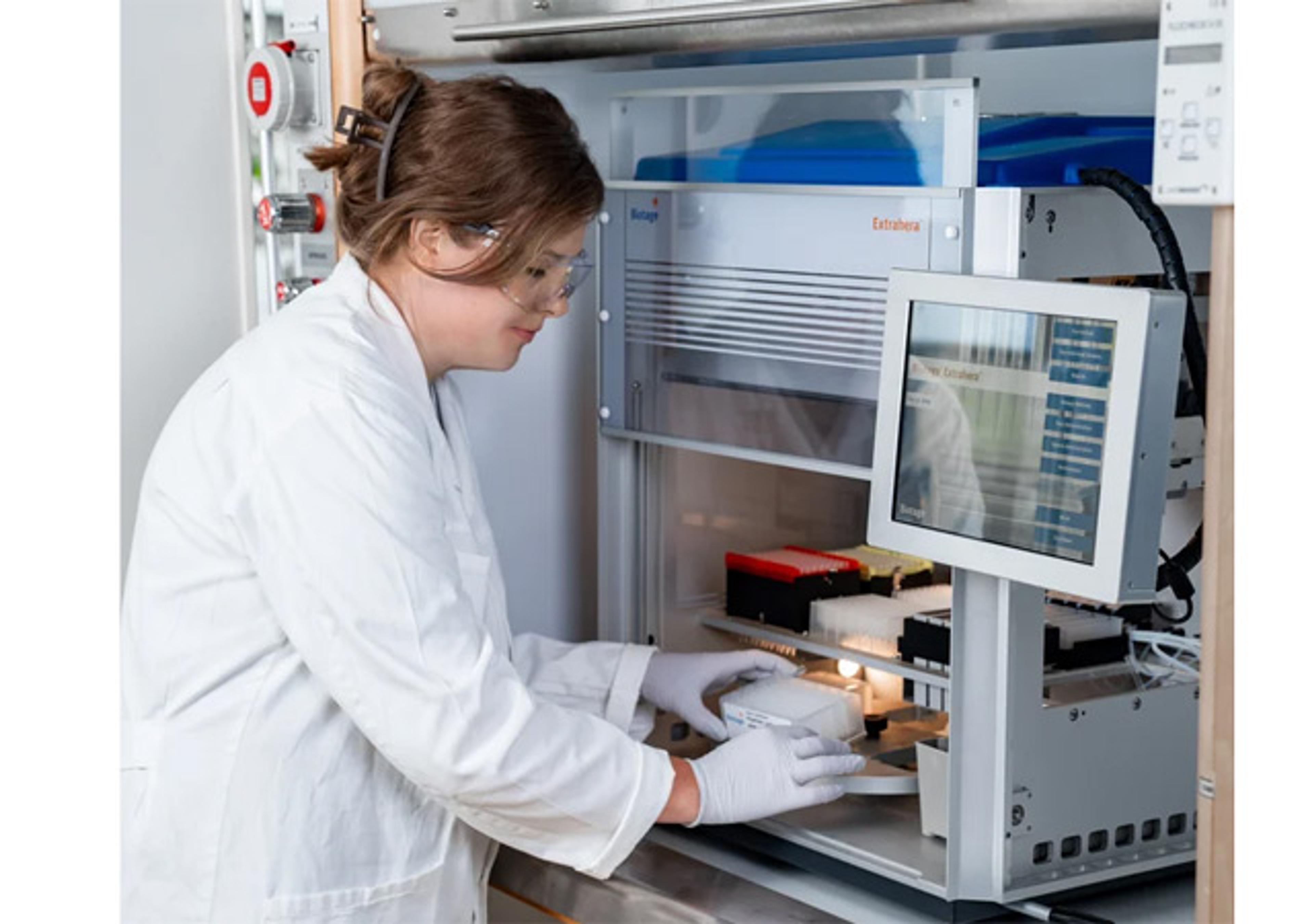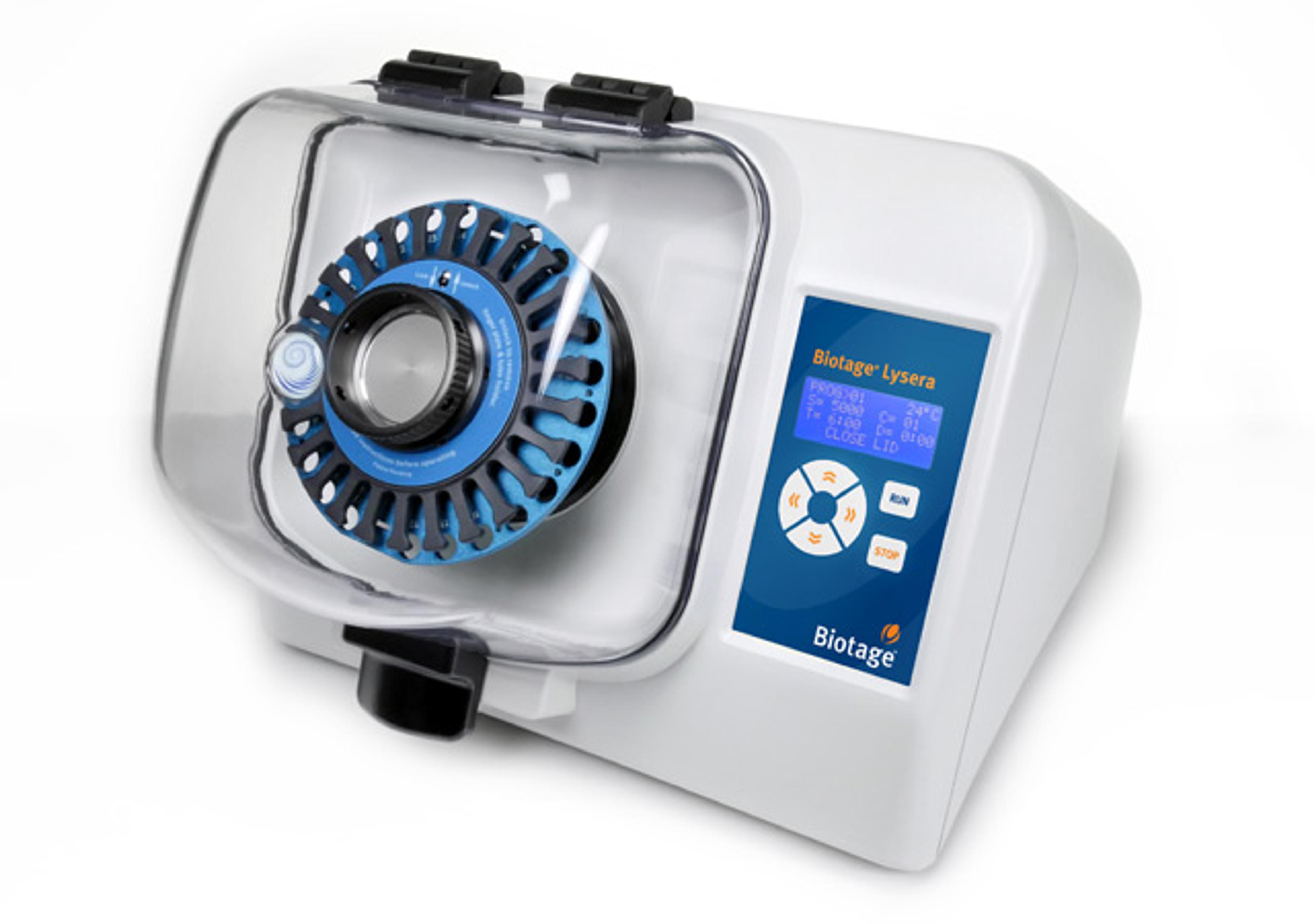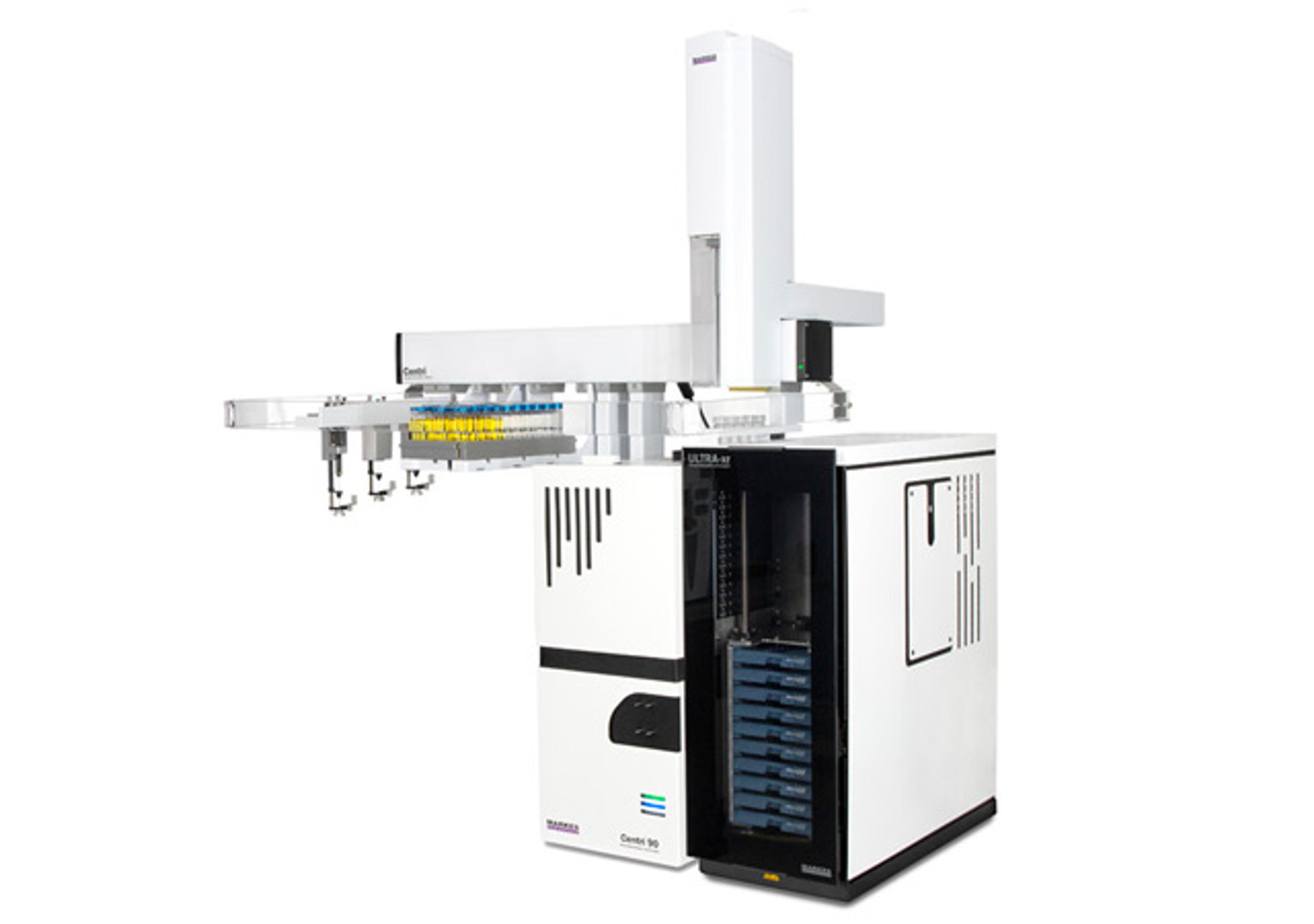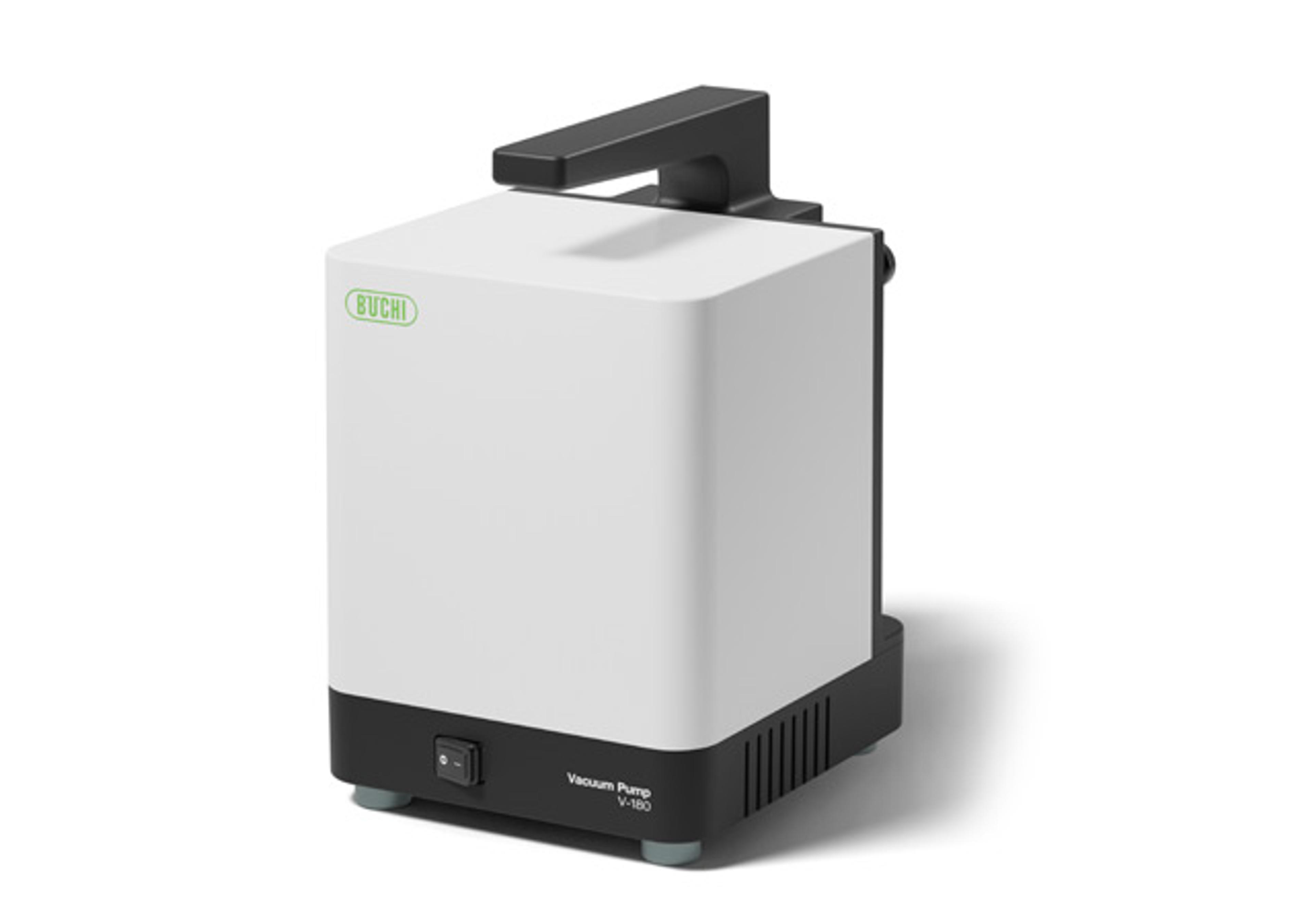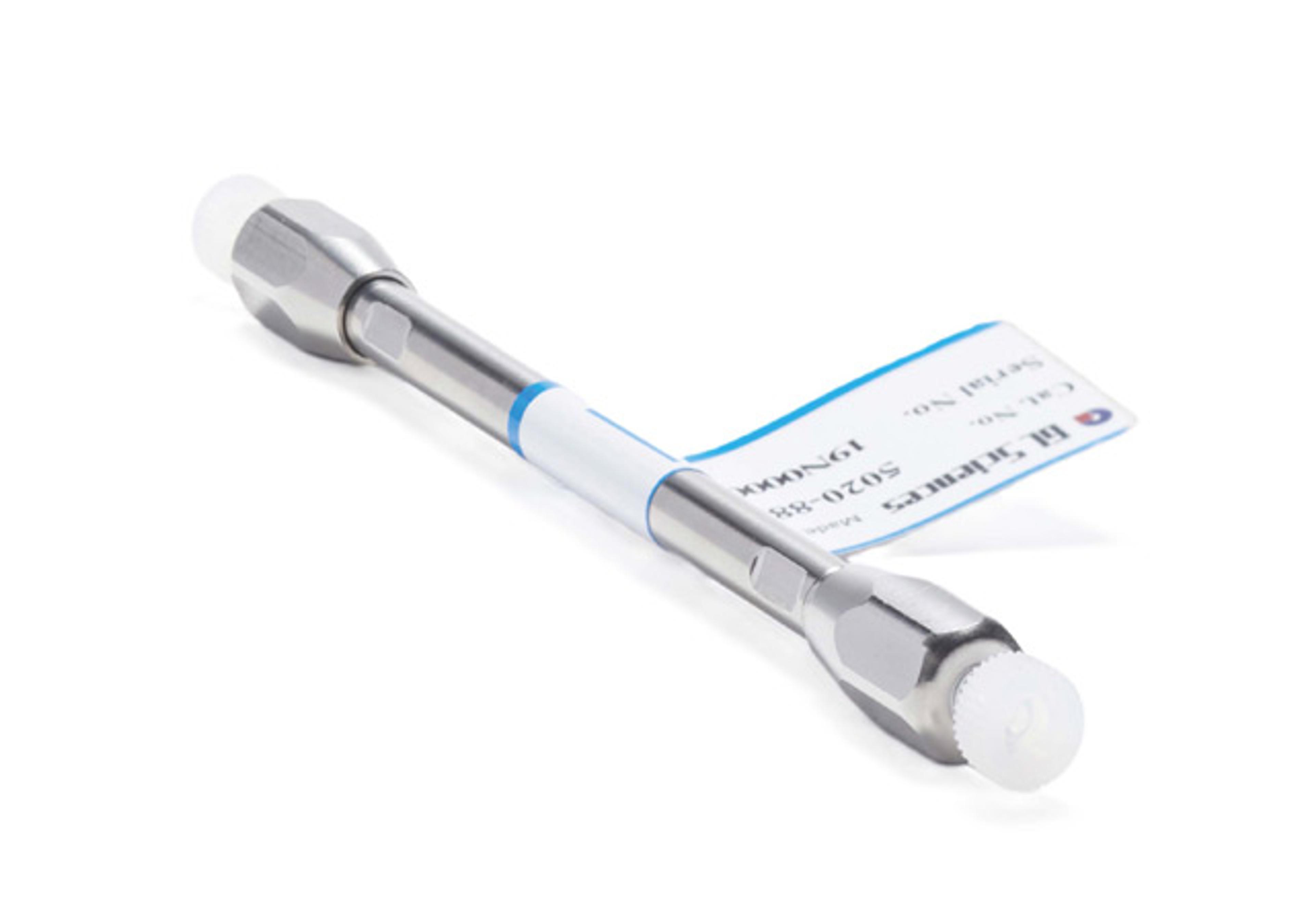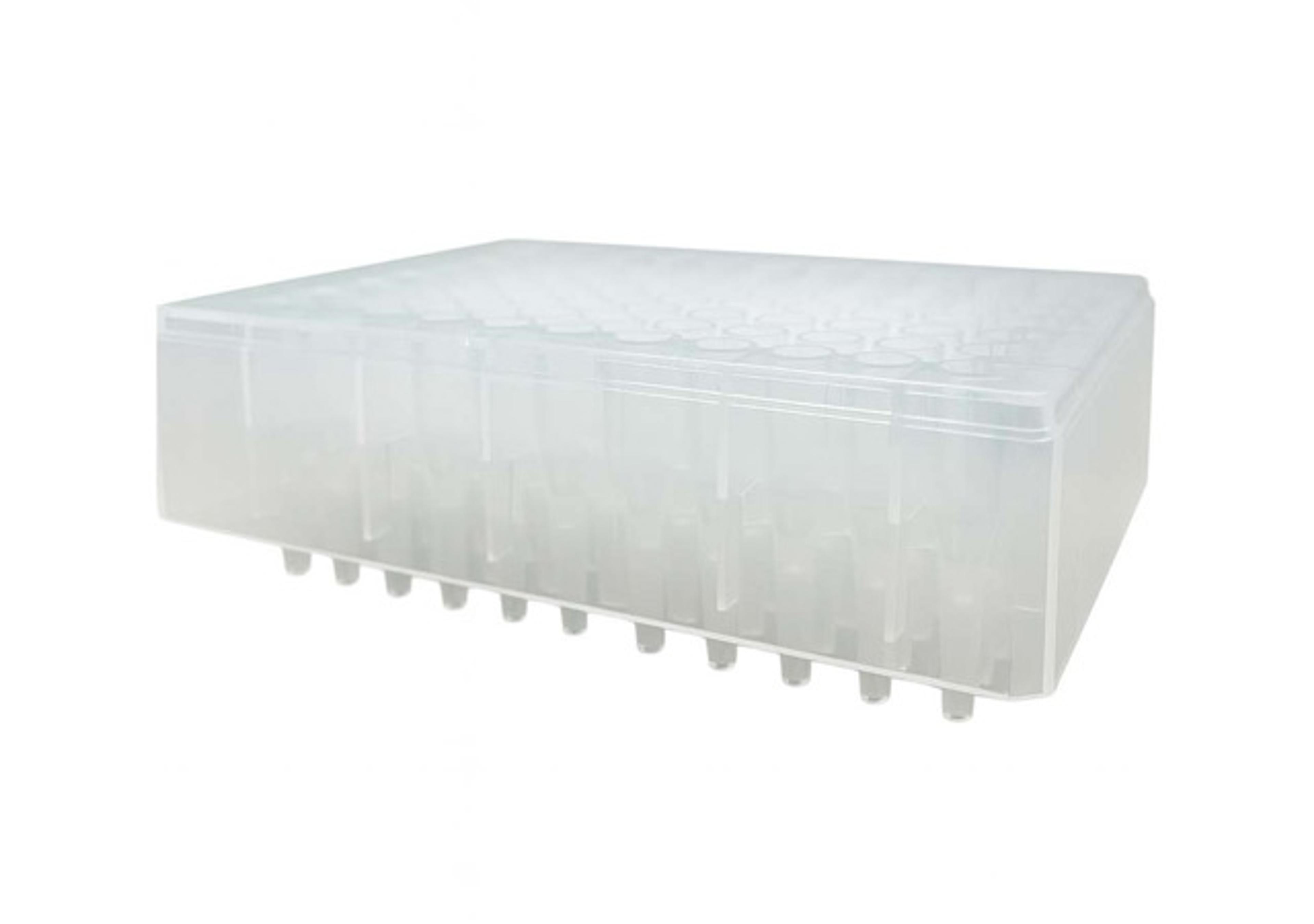Fusion LC Method Development™
Chromatography-centric QbD Software for HPLC, UHPLC, & SFC Method Development.
The supplier does not provide quotations for this product through SelectScience. You can search for similar products in our Product Directory.
Easy to use.
Method development
Easy to set up DOE when combined with Empower 2 and generate/develop robust methods quickly.
Review Date: 12 Mar 2020 | S-Matrix
New Features in Version 9.9.0
- PeakTracker™ – UV and MS Spectra Based Peak Tracking.
- Rs-Map Response – hyper-accurate Resolution modeling and prediction chromatograms.
- Forced Degradation Studies – full experimentation support for treatment of multiple degradation samples, including creation of composite chromatograms and data for modeling, optimization, and prediction chromatograms.
Rapid Chemistry Screening – Column, pH, Gradient, Mobile Phase
Fusion QbD® brings a new completely new quantitative approach to automated LC column and solvent system selection that is completely aligned with QbD principles and methodology. S-Matrix's patented Trend Responses™ technology overcomes the limitations inherent in traditional approaches, and replaces a qualitative “pick-the-winner” approach with a rigorous and quantitative methodology. Trend Responses eliminate the requirement for laborious and error-prone peak tracking in column and solvent system screening experiments.
Robust Method Optimization
Fusion QbD revolutionizes method optimization with the integration of (1) flexible DOE Experimental Design, (2) automated UV and MS Based Peak Tracking, (3) retention-based Resolution Map Modeling, along with modeling all individual peak resolutions and all other required method chromatographic performance requirements (e.g. Area, Tailing, K-prime, Plates, etc.), (4) modeling all study parameter effects on all critical performance characteristics, including linear, non-linear, and Interaction Effects, and (5) the correct and regulatory accepted Integration of QbD Robustness.

